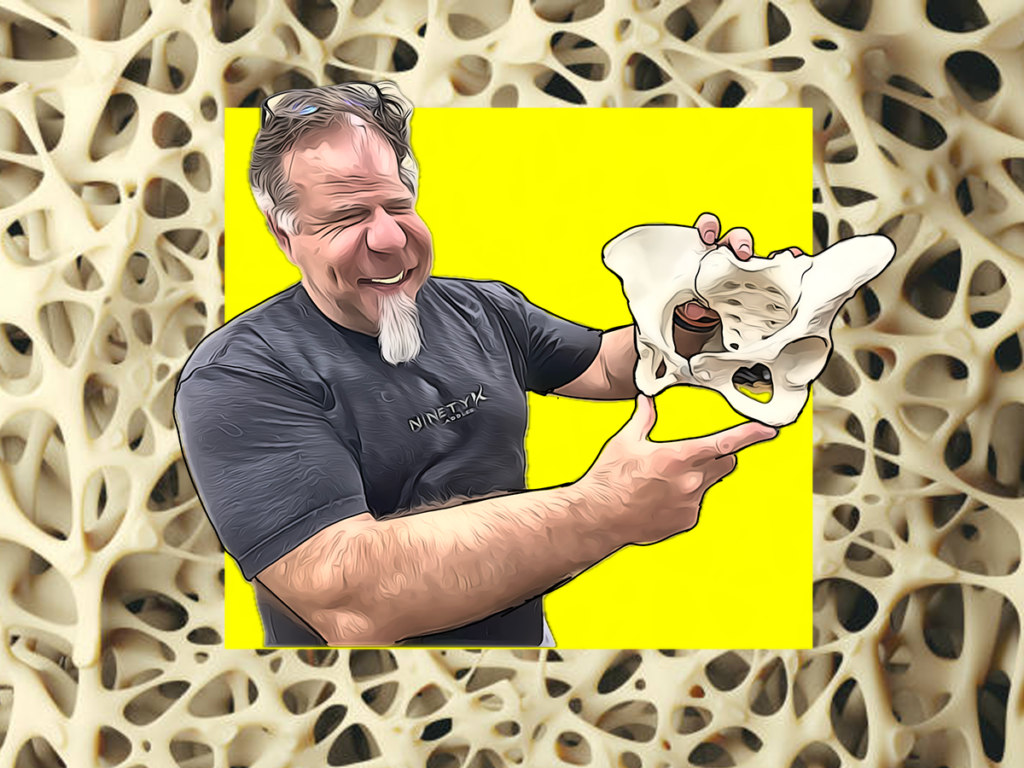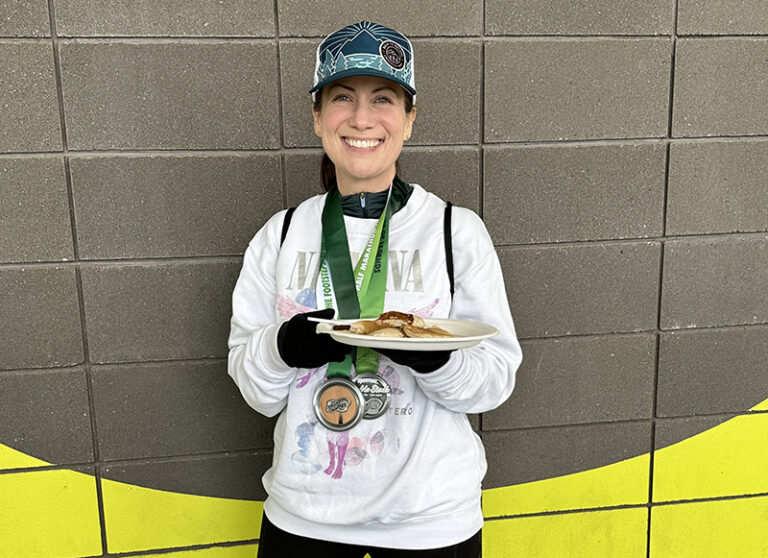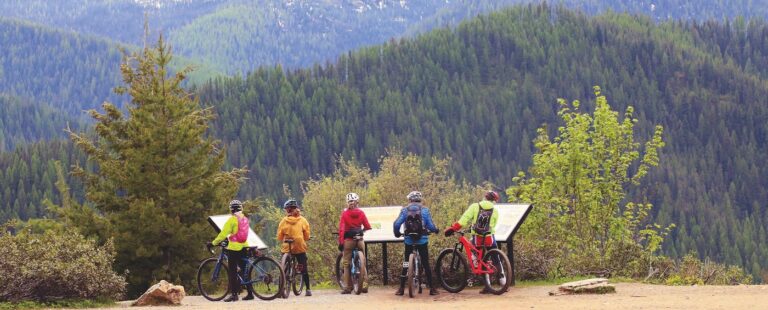Cover photo courtesy Justin Short
The bike seat is a curious piece of equipment. If you ride bikes and the seat never crosses your mind, congratulations, you have the right saddle for the job. Many of us, unfortunately, have at one time or another considered them to be more like medieval torture devices than a pleasant place to rest our rumps while pedaling. The fair weather is here, and it’s time to turn some carefree pedals in the sun—or maybe that’s the furthest thing from your mind on account of a bad experience with a bike seat. In any event, let’s have a conversation about the part of our bike that contacts a vulnerable part of our anatomy; it’s time to talk about what to do if your bike seat is an A$$ Hatchet.
“Everyone’s pelvis is different, you can’t just measure it,” explains world-renowned bike fitter Paul Swift as he holds up a model of a human pelvis to demonstrate the change in width of the ischial tuberosities, aka “sit bones,” according to the forward inclination of the rider. Almost no one sits bolt upright on a bike seat, and that’s the measurement you get from sitting on that thing that some bike shops have to measure your sit bones, a device called the “ass-ometer.”
Swift continues, “You can’t just stick your thumb into a saddle and expect to know if it’s the right one, you have to try it out.” Some bike shops can have 30 or more saddles hanging on the wall, and now you’ve got to pick one? That’s an intimidating prospect. That’s why Swift helped develop the Switch-It, a quick-change tool that allows a customer to switch saddles in a matter of seconds to get an impression of how one saddle feels compared to another right where it counts, mounted to a fit bike or on the customer’s own bike.

This begs the question, why don’t bike companies just put good seats on the bikes they sell to begin with? Even very high-end bikes are spec’d with throw-away saddles because a bike seat is such a nuanced piece of equipment, the chance of a bike company correctly guessing what will work with your butt is pretty minimal. So companies can keep prices in check by including a place-holder saddle. It’s the same with pedals; high end bikes don’t come with pedals at all, but it’s difficult to imagine test riding a rack full of bikes without seatposts.
The general rule of thumb when saddle shopping is that the longer you intend to ride, the more firm your saddle must be. If you’re looking at a 10- to 15-mile range, one of those couch cushion beach cruiser saddles will work perfectly. But it’s the fleshy part of your rump that supports your weight with this kind of saddle, and that can be comfortable for only so long. For longer rides, you want something more firm so your sit bones can support your weight. The faster you intend to ride, the farther you will incline forward into the handlebars, and that requires a narrower saddle because the sit bones angle inward as you lean forward.
You don’t want to lean too far, though, or go too narrow with the saddle. This isn’t good for men or women. A bit of history here: back in the late ‘90s, the editor of Bicycling magazine announced to the world that he had been suffering from erectile dysfunction on account of pudendal nerve damage from his bike seat. Immediately, a bike company released a saddle with a cut-out center. I bought one and very quickly dubbed it “The Emasculator” early into a 500-mile trip. Specialized hired a doctor who designed their Body Geometry line of saddles that came out soon after. It was a big, ugly thing and way softer than it should have been for how comfortable it was. The leather saddle I use on my two long distance bikes is pretty good, but that Specialized BG saddle was the comfiest thing I’ve ever ridden, and I sometimes cry myself to sleep wishing Specialized hadn’t fired their doctor so they could make more fashionable bike seats that suck. I say this in jest; clearly the Specialized Power Saddle works for some riders who probably aren’t riding triple centuries. My neighbor Sam has one of those ancient BG saddles on his bike, and I have to meditate daily on the deadly sin of envy.
But, never fear, there’s a seat that will help you do whatever it is you want to do on a bike without trying to get a signed confession out of you, and most bike shops will give you 30 days to form an educated opinion about it. If your bike goal is getting groceries, commuting to work, or finishing a century, the right saddle is out there. You can book an appointment with Paul Swift at Thecyclepoint.com. Swift looks at the rider’s point of contact on a bike—saddle, handlebars, and pedals—not as bike parts, per se, but more like things a bike wears, and sometimes these things need to be tailored to fit your needs. He’s developing his own brand of saddles called Ninety K; I have one on my commuter and another on my fat bike. But there’s no pressure to choose those. Your butt will decide what it likes.
Justin Short’s been dulling A$$ Hatchets on his nether regions all through the winter and spring in preparation for the Idaho Panhandle Ramble in June. Look for that epic tale in a future issue of OTO.













